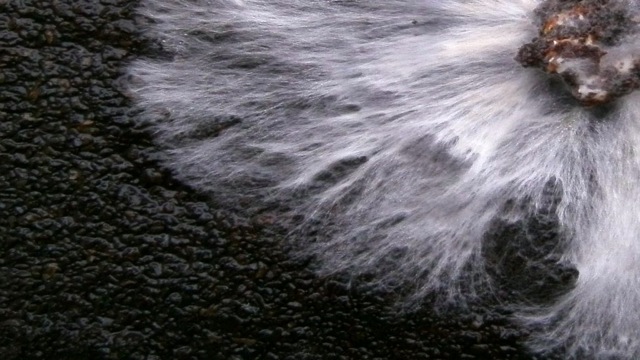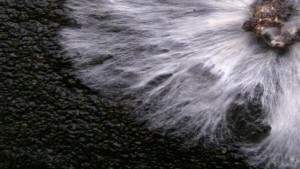When I hear fungi, I think of mushrooms – both delectable and deadly. But there’s another world of fungi buried in the soil. These fibrous microbes might be able to help clean up polluted soil.
I’ve always thought of bacteria as nature’s decontamination crew. Bacteria already munching on oil from natural seeps in the Gulf of Mexico flourished after the 2010 Macondo well blowout in the Gulf of Mexico. Several different groups of microbes ate their way through much of the hydrocarbons in the oil within a few months of the well being capped.
Oil-eating bacteria live in the soil too, but they have a harder time reaching food than their aquatic relatives. Soil is packed with air pockets that bacteria and chemicals must detour around as they move through the soil. That means natural microbial degradation of oil takes a long time. To speed the process, people often plough oil-contaminated soil to mix pollutants and bacteria.
Fungi sprout thin shoots called hyphae as they grow through the soil. These fibers intertwine in a network called a mycelium. The mycelium of the largest fungi covers more than 1000 football fields.

